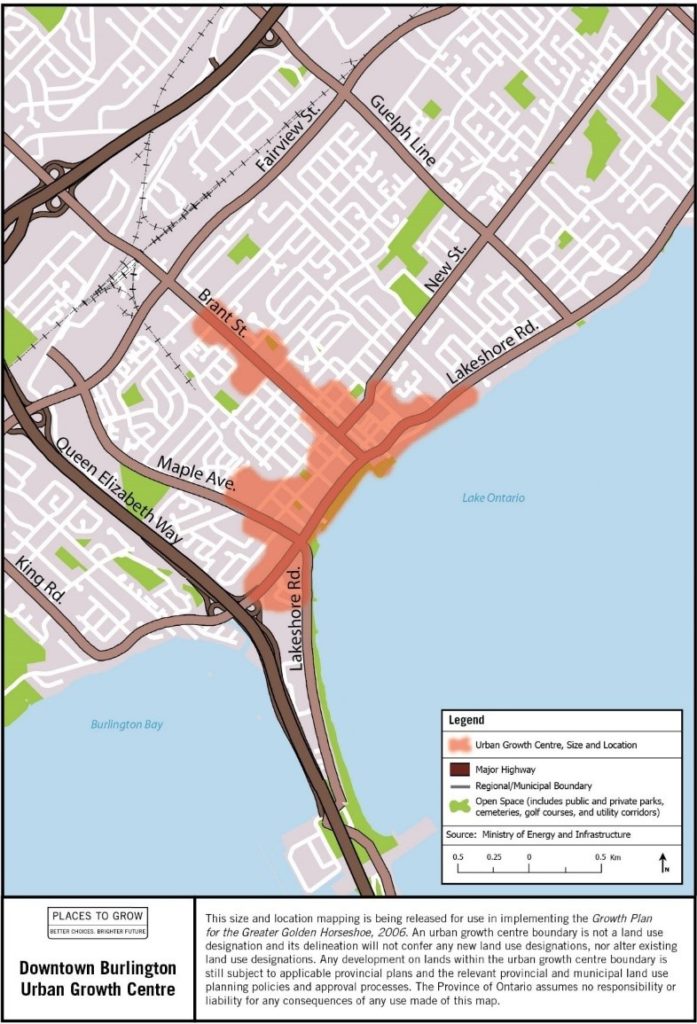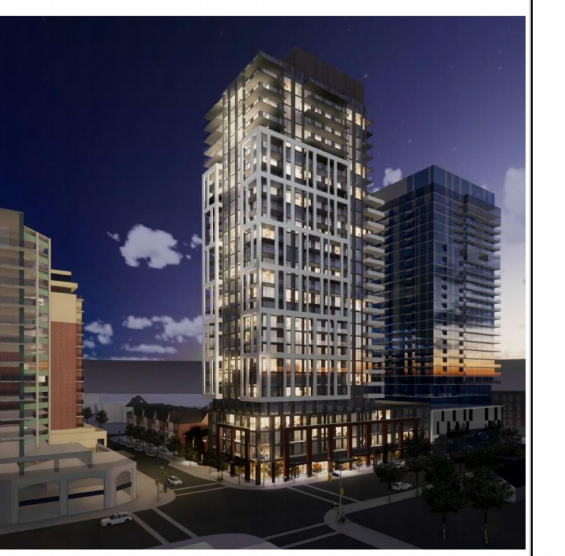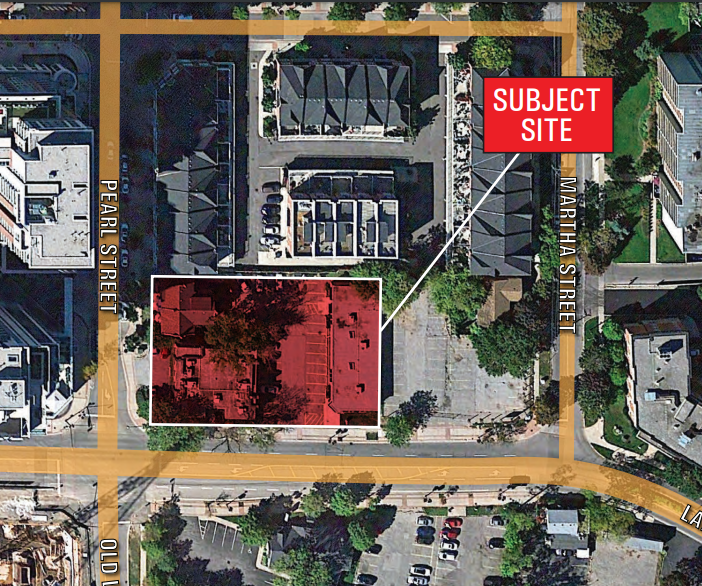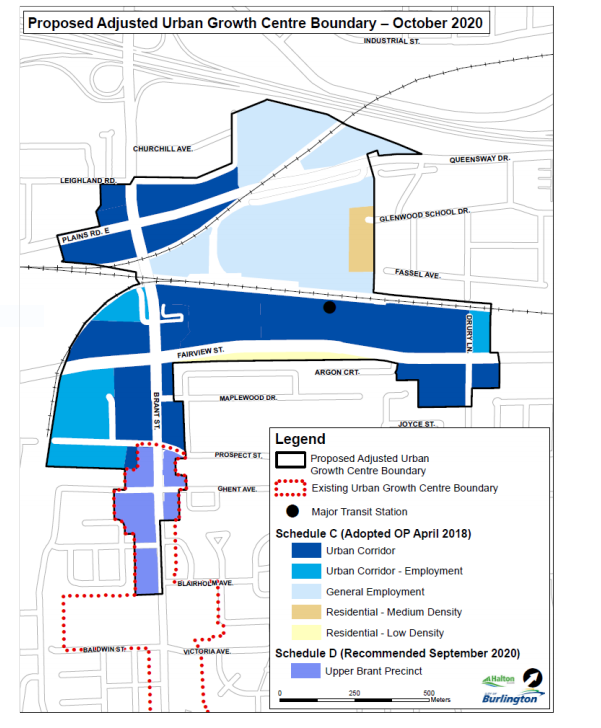Mayor Marianne Meed Ward’s claim that the minister of Municipal Affairs and Housing has already approved a boundary change for the downtown Urban Growth Centre (UGC) may be wrong.
At a press conference on June 15, the minister did say that he supported the change. The mayor then publicly claimed victory. “The province has approved our request to adjust the boundaries of the Urban Growth Centre.”
Not so fast.
In an oral ruling during an appeal this month, an Ontario Land Tribunal (OLT) hearings officer concluded that until the minister actually signs off on the new boundary, the existing boundary remains in place and would be used to adjudicate the case before him, possibly creating an advantage for the developer.
The city’s lawyer tried to convince the hearings officer otherwise, but without success.
The existing UGC boundary includes areas on both sides of Brant Street all the way down to the waterfront. It was set up years ago by the province to encourage significant intensification. Local developers have used this boundary to justify tall building proposals at or near the waterfront, including the 29-storey proposal discussed at the hearing.

Burlington politicians never liked the province’s UGC boundary. Reacting to downtown opposition to tall buildings, city council proposed re-drawing the boundary to move it farther north, away from the waterfront. They knew that it would still require provincial approval.
It appears now that approval of council’s change remains somewhere in the wilderness of the provincial government, contrary to Meed Ward’s public pronouncement.
Local developers are salivating at what the hearing officer’s ruling might mean. Since the city’s proposed boundary is tied to an amendment of Halton Region’s Official Plan, some believe it may be a long time before it is actually approved.
The city meanwhile faces a number of appeals and prospective appeals by developers who could potentially benefit from still being located within the UGC. There are outstanding proposals for new buildings as high as 35 storeys along the waterfront.
Developers are also speculating about exactly what the minister may eventually approve. Will he approve what city council wants or tweak it, and will his decision be retroactive?
In spite of the hearing officer’s ruling, Meed Ward remains confident.
“We will continue every effort to ensure reasonable growth that accords with community, council, and staff vision for the downtown.”
Downtown Councillor Lisa Kearns remains calm amid the uncertainty.
“It would be premature to speculate on the implications of the tribunal’s oral ruling, or its implications for other downtown proposals, as the details of the reasons reflected in the written decision will need to be considered by the city.”
The hearing during which the ruling occurred is scheduled to wrap up today. It was about the Carriage Gate Homes proposal for a 29-storey tower at the corner of Pearl Street and Lakeshore Road.

In a surprising development, the city indicated during the hearing that it was willing to accept 22 storeys, which would be contrary to its own Official Plan and may upset some constituents.
“If you were hoping for the Mayor and Council to control the growth of new high rises downtown, their position at the OLT to support 22 storeys at Pearl and Lakeshore will be quite a shock,” according to one Facebook comment.

It may still be months before a final OLT decision on the Carriage Gate matter is announced.
All this may prove particularly uncomfortable for Mayor Meed Ward, who has promised for over a decade to “SAVE OUR WATERFRONT” and ran in the 2018 election advocating lower heights in the downtown.




